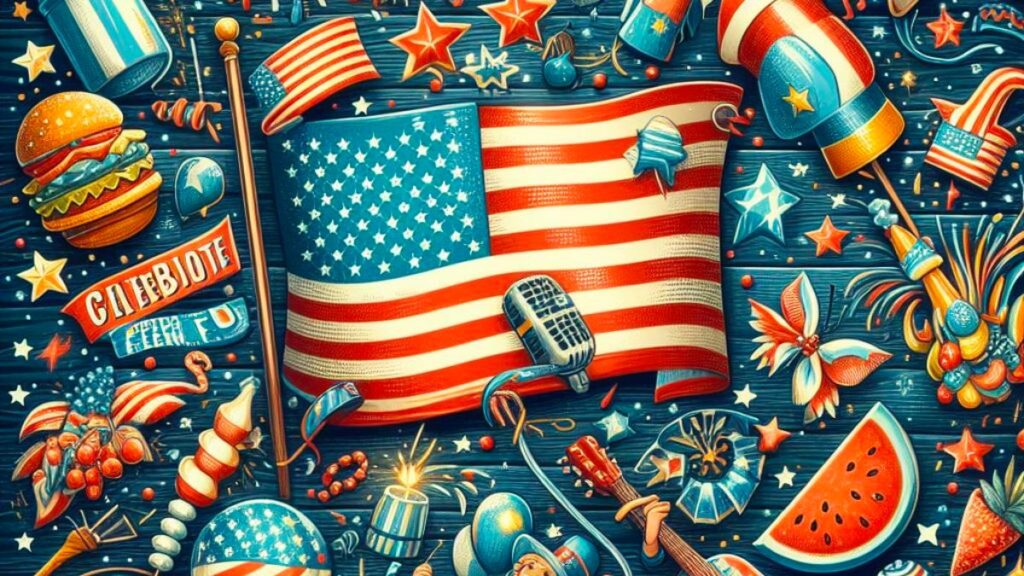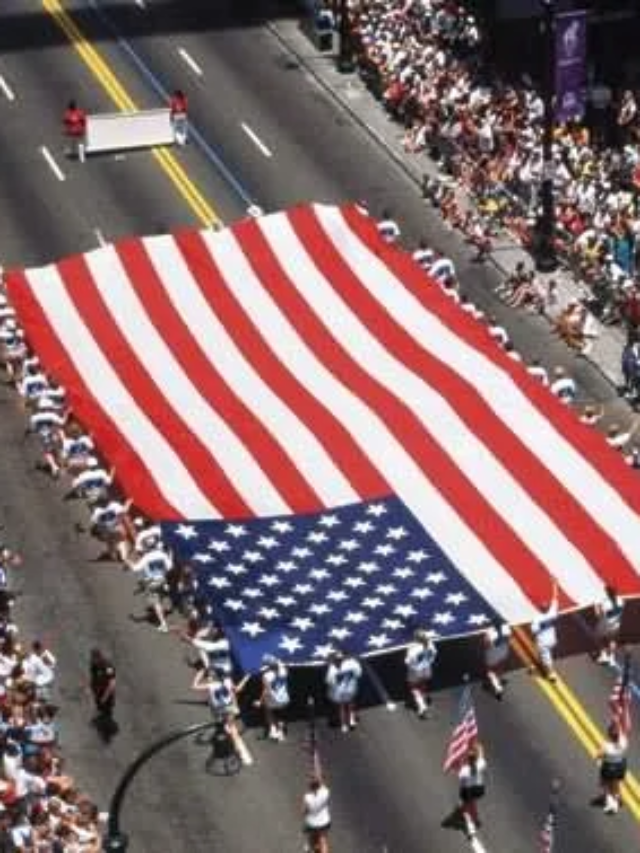4th of July—also known as Independence Day or July 4th—has been a federal holiday in the United States since 1941. However, the tradition of Independence Day celebrations dates back to the 18th century and the American Revolution. Let’s explore the origins, early celebrations, and traditions associated with this iconic holiday.
History of Independence Day: 4th of July
When the initial battles of the Revolutionary War broke out in April 1775, few colonists desired complete independence from Great Britain. However, by the middle of the following year, growing hostility against Britain and revolutionary sentiments led more colonists to favor independence. Thomas Paine’s influential pamphlet “Common Sense” further fueled this desire for freedom.
On June 7, 1776, the Continental Congress met in Philadelphia and appointed a committee—including Thomas Jefferson, John Adams, Roger Sherman, Benjamin Franklin, and Robert R. Livingston—to draft a formal statement justifying the break with Great Britain. Two days later, on July 2nd, the Congress voted in favor of independence, and on that historic day, John Adams wrote to his wife Abigail:
“July 2nd will be celebrated, by succeeding Generations, as the great anniversary Festival… Pomp and Parade… Games, Sports, Guns, Bells, Bonfires, and Illuminations from one End of this Continent to the other.”
The Declaration of Independence, drafted primarily by Thomas Jefferson, was adopted by delegates from the 13 colonies on July 4, 1776. From that moment, July 4th has been celebrated as the birth of American independence.
Early Fourth of July Celebrations and Traditions:
Since 1776, Americans have marked this day with various festivities:
- Fireworks Extravaganza: As the sun sets, cities and towns light up the sky with breathtaking fireworks displays. Families gather in parks, on rooftops, and along riverbanks to witness the dazzling spectacle.
- Picnics and Barbecues: Backyard barbecues, picnics in the park, and potluck gatherings are staples of the Fourth. Grilled burgers, hot dogs, and corn on the cob make their appearance, accompanied by patriotic desserts like flag-themed cupcakes and berry-filled pies.
- Parades: Colorful parades wind through streets, featuring marching bands, floats, and vintage cars. Children wave tiny American flags, and veterans proudly display their service medals.
- Red, White, and Blue: From clothing to decorations, the patriotic color scheme dominates. People don their best red, white, and blue attire, and homes are adorned with flags, bunting, and streamers.
- Concerts and Festivals: Live music concerts, street fairs, and outdoor festivals add to the festive spirit. Local bands play anthems, and dance floors come alive with spirited jigs.
4th of July Fireworks:
While fireworks were not part of the original celebrations, they have become synonymous with Independence Day. The spectacular displays evoke a sense of awe and pride, lighting up the night sky in vibrant colors.
Fourth of July Becomes a Federal Holiday:
In 1941, the Fourth of July was officially designated as a federal holiday, allowing Americans across the nation to commemorate their freedom together. It’s a day to reflect on the sacrifices of our forefathers, celebrate shared values, and cherish the freedom that binds us as a nation.
As we approach the Fourth of July 2023, let’s honor the spirit of independence and enjoy the festivities that unite us as Americans. Happy Independence Day, USA! 🇺🇸










